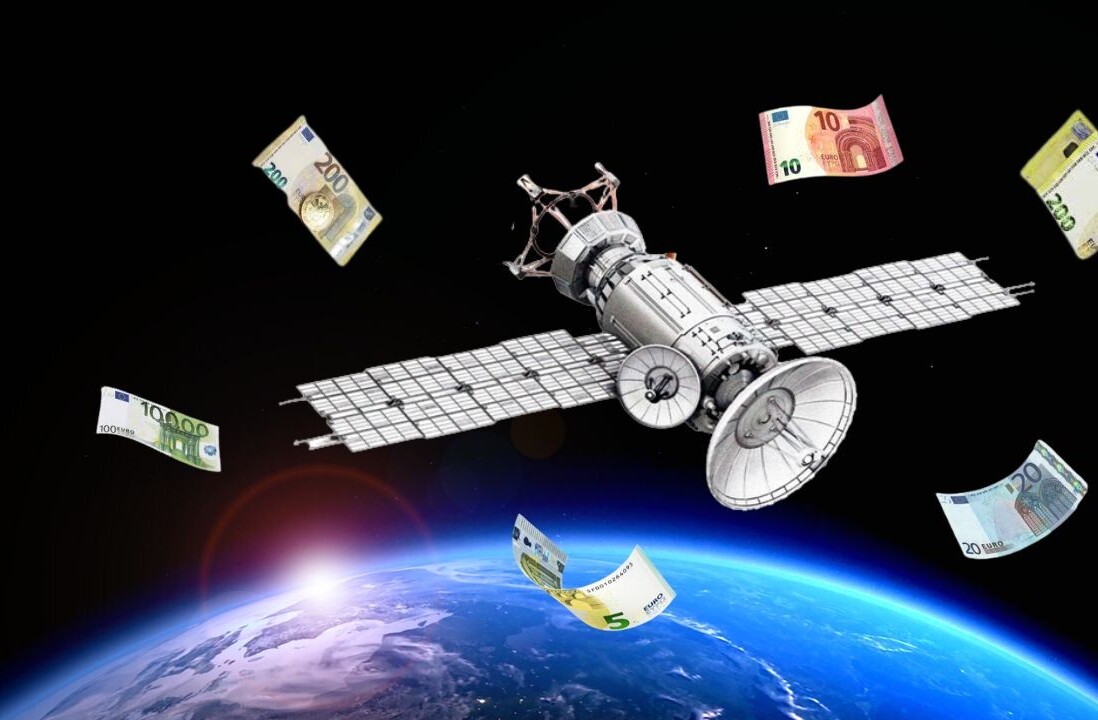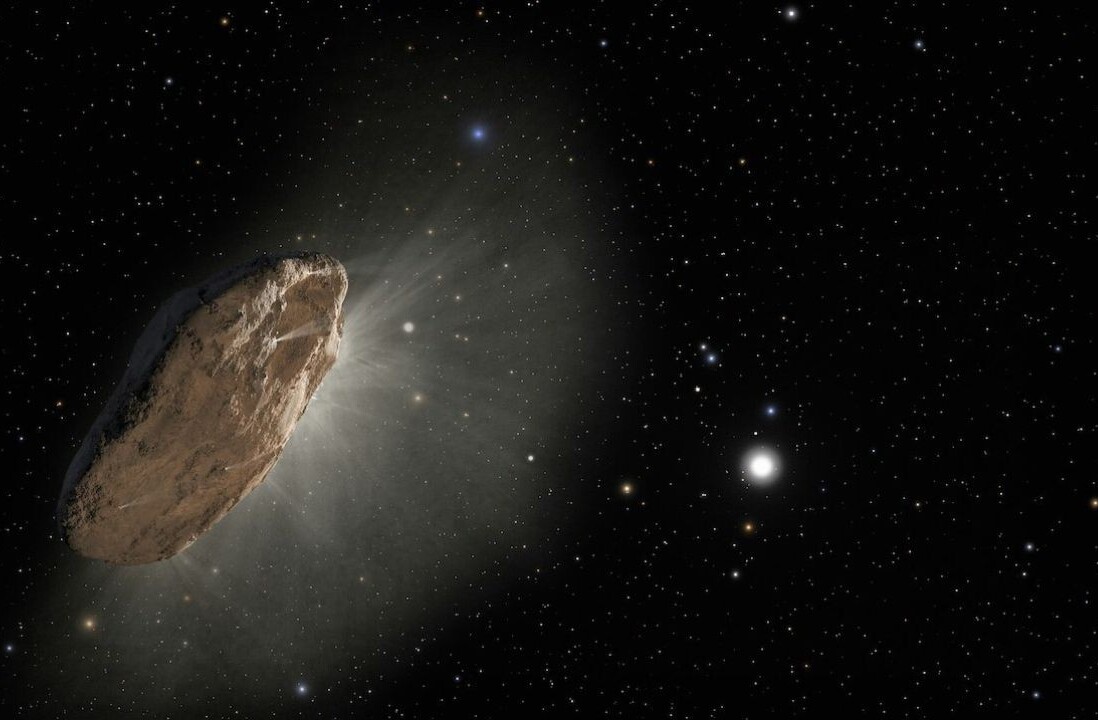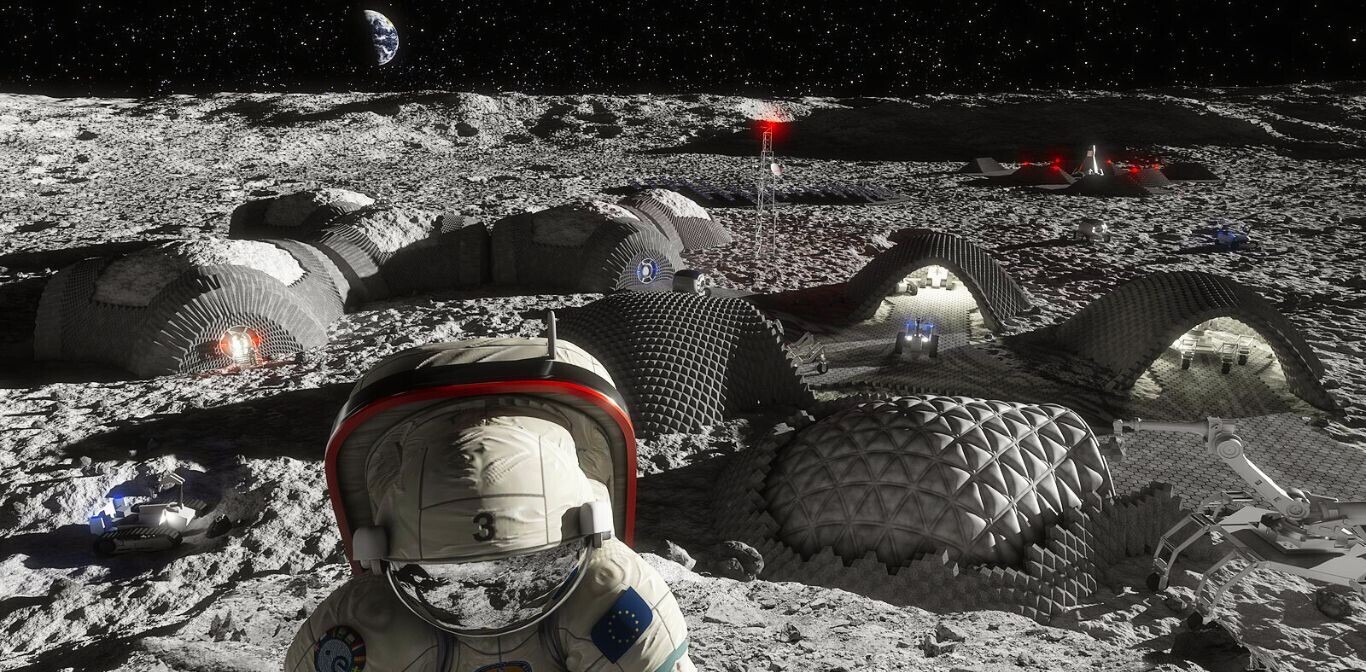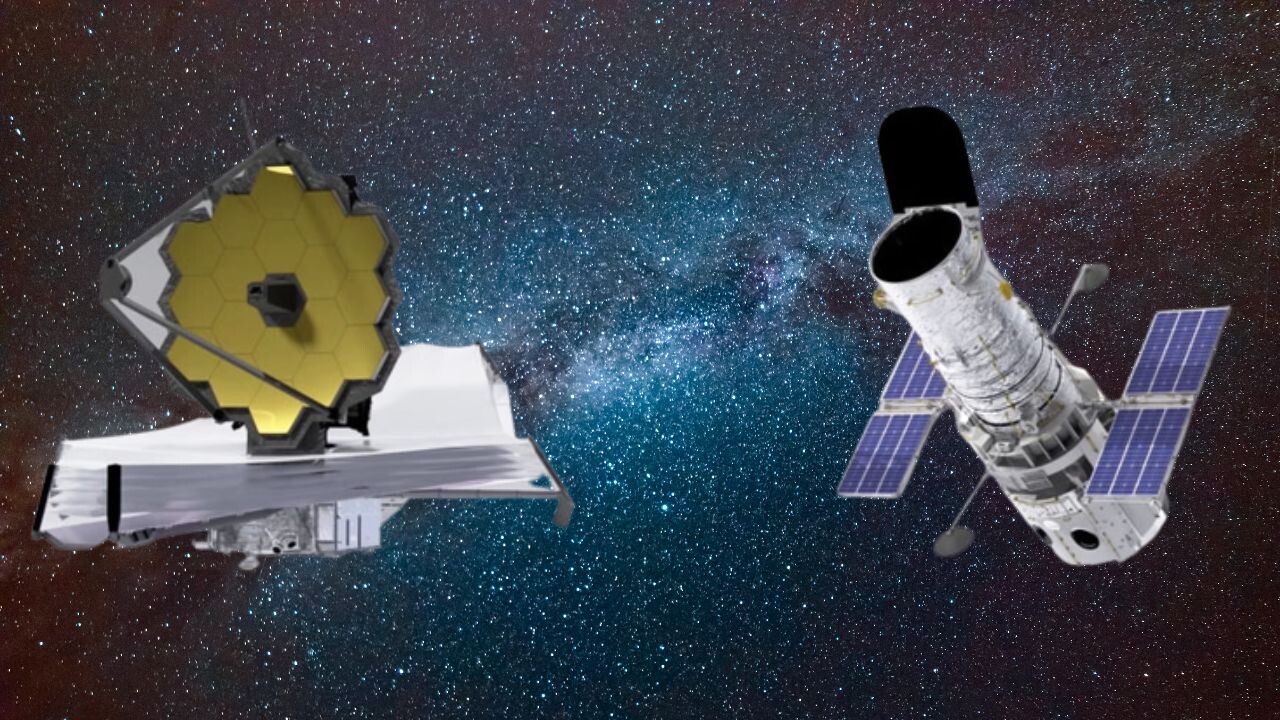
The first full-color images from NASA’s James Webb Space Telescope (JWST) have been released — and they’re absolutely breathtaking.
That’s because the telescope has yielded the deepest and sharpest infrared photos of the early universe to date.
Webb is the largest and most powerful telescope ever launched into space — a promising successor to the famous Hubble Telescope.
Here’s are the top three differences between the two telescopes, as per NASA:
- Webb primarily looks at the universe in the infrared, while Hubble mostly studies it at optical and ultraviolet wavelengths. This makes a big difference, as infrared views can peer through cosmic dust and unveil hidden objects or formations.
- Webb also has a much bigger mirror than Hubble. This larger light-collecting area means that it can peer farther back into time than Hubble is capable of doing.
- While Hubble orbits around the Earth at an altitude of 570km, Webb is much farther away. It sits at the Earth-Sun L2 Lagrange point, 1.5 million kilometers away!
Even with our humble, earthbound eyes, we can still observe the difference in image quality and details the telescopes produce.
Take a look:
SMACS 0723
SMACS 0723 is a cluster of galaxies within the southern constellation of Volans. It’s about 5.12 billion light-years away.
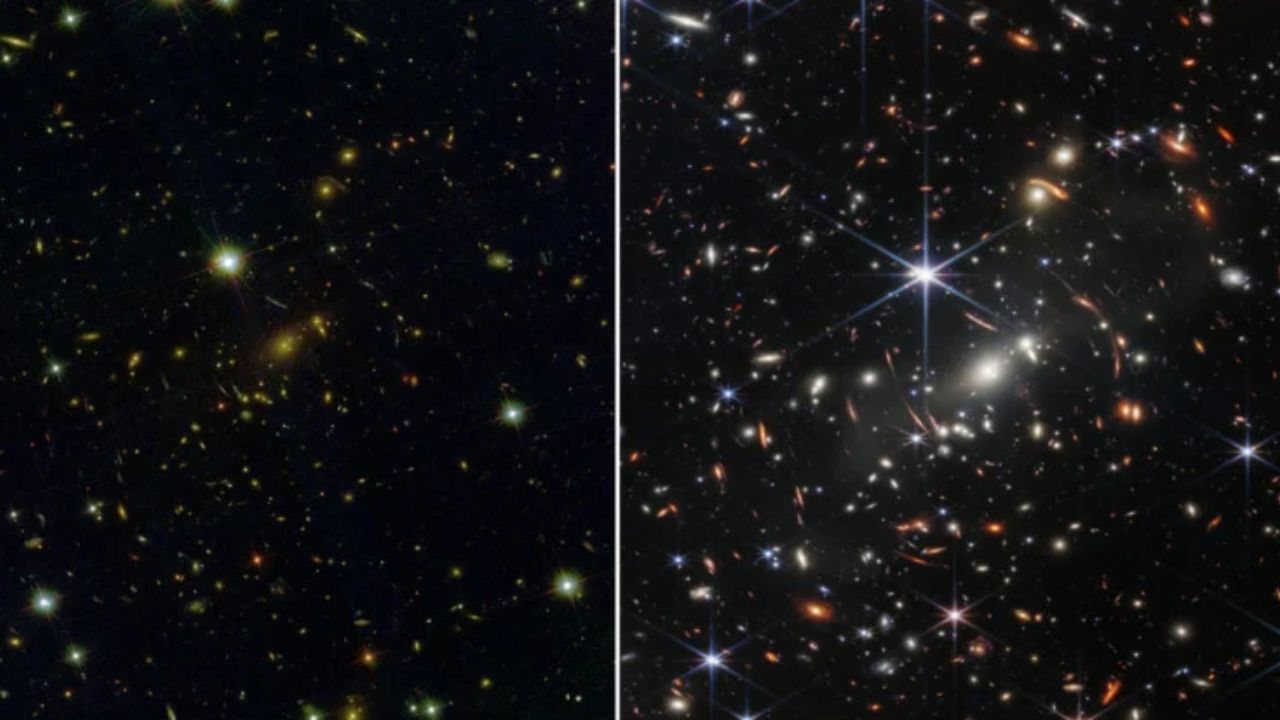
Southern Ring Nebula
This is a planetary nebula — an expanding cloud of gas, surrounding a dying star. It’s nearly half a light-year in diameter, and is located approximately 2,000 light-years away from Earth.
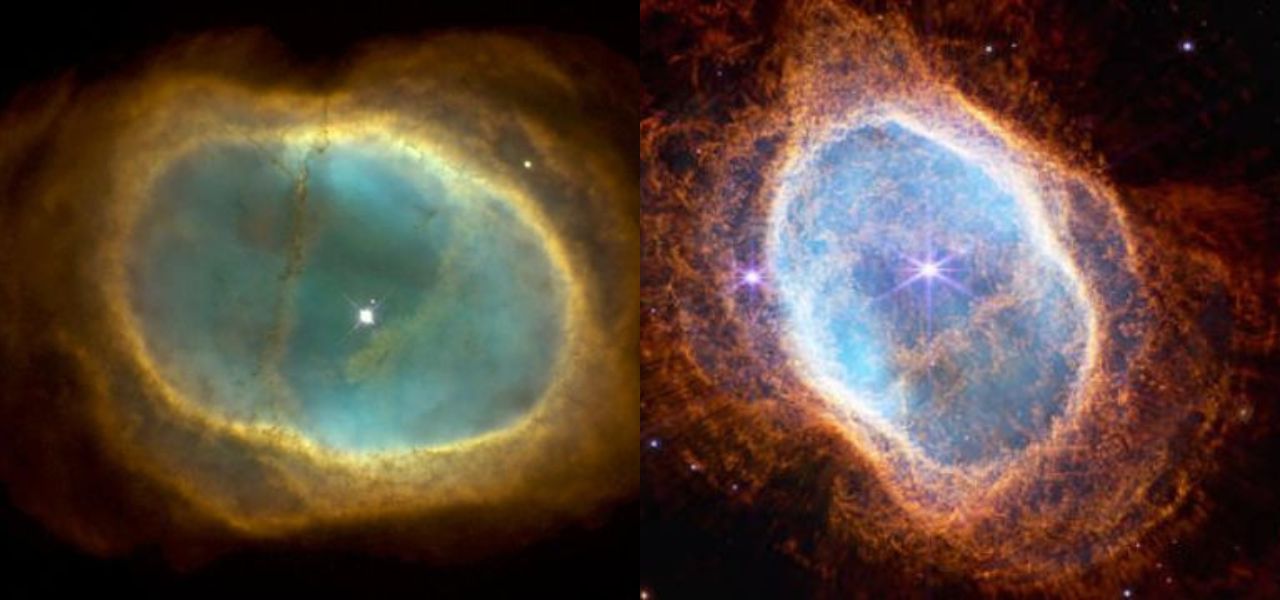
Stephan’s Quintet
About 290 million light-years away, Stephan’s Quintet is a group of five galaxies, located in the Pegasus constellation. It’s notable for being the first compact galaxy group ever discovered in 1877.

Carina Nebula
Carina Nebula is one of the largest and brightest nebulae in the sky, located approximately 7,600 light-years away. It’s home to many massive stars that are several times larger than the Sun.
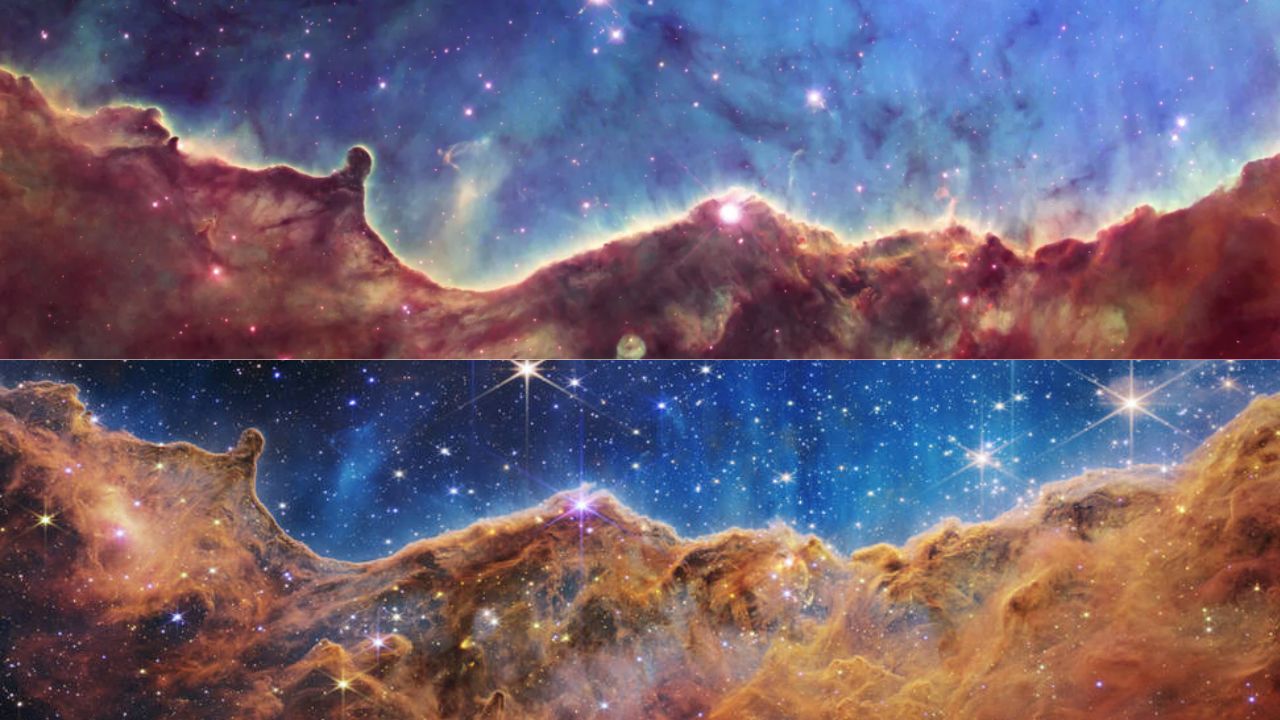
If you’d like to compare the images using a slider, you can do so here.
Get the TNW newsletter
Get the most important tech news in your inbox each week.

